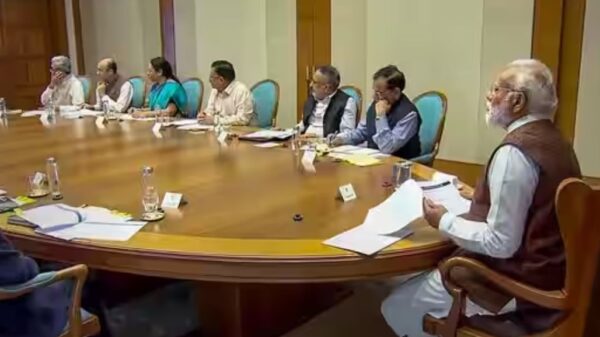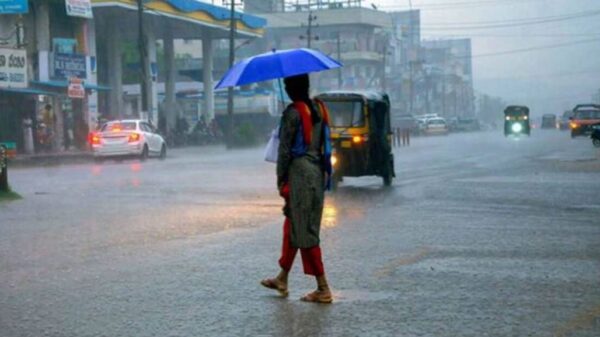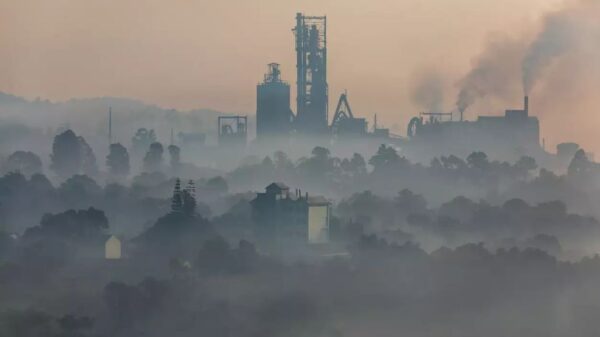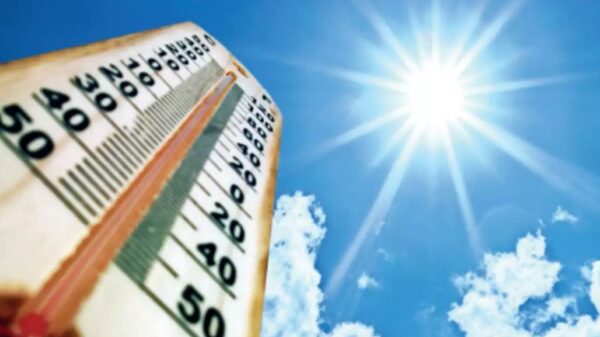Bengaluru is on the brink of a water crisis, with the impending summer months posing a significant threat due to severe drought conditions in the region. The crisis stems from the dual challenges of dwindling water levels in the city’s reservoirs and receding groundwater levels.
Full Story:
Currently, Bengaluru relies on the Cauvery River for 1,450 million litres per day (MLD) of water, with an additional 775 MLD expected once the Cauvery V Stage is commissioned in April. Groundwater resources contribute up to 700 MLD every day. However, the severity of the crisis lies in the potential clash between meeting drinking water needs and the allocation of water for other purposes from the reservoirs in the Cauvery basin. The Bangalore Water Supply and Sewerage Board (BWSSB) is urging for strategic water reservation, emphasizing the need to prioritize drinking water requirements over other uses.
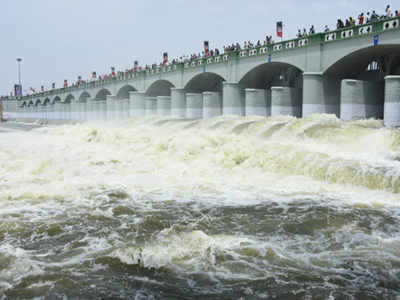
Source: Times of India
In response to the looming crisis, the BWSSB is gearing up to launch a ‘Save Water’ campaign within the next two weeks. Bengaluru Development Minister D.K. Shivakumar has directed the BWSSB to initiate a water conservation campaign, appealing to industries to adopt water reuse practices and encouraging citizens to conserve water at home. The campaign will emphasize simple measures like refraining from washing vehicles with running water, avoiding excessive use of bathtubs and showers, and promoting the reuse of water whenever possible.
The water scarcity is already acutely felt in outer zones that do not receive Cauvery water and heavily rely on groundwater. Water tanker businesses in these areas are facing challenges due to depleting groundwater levels, causing delays in filling tanks and a surge in prices. Residents are grappling with the impact as prices for a 12,000-litre tanker load have skyrocketed. Despite some businesses resorting to drilling more borewells, often illegally, the sustainability of such measures is questionable. Of the 11,000 government-owned borewells in the city, 800 are completely out of service, and even functional ones are experiencing receding water levels.
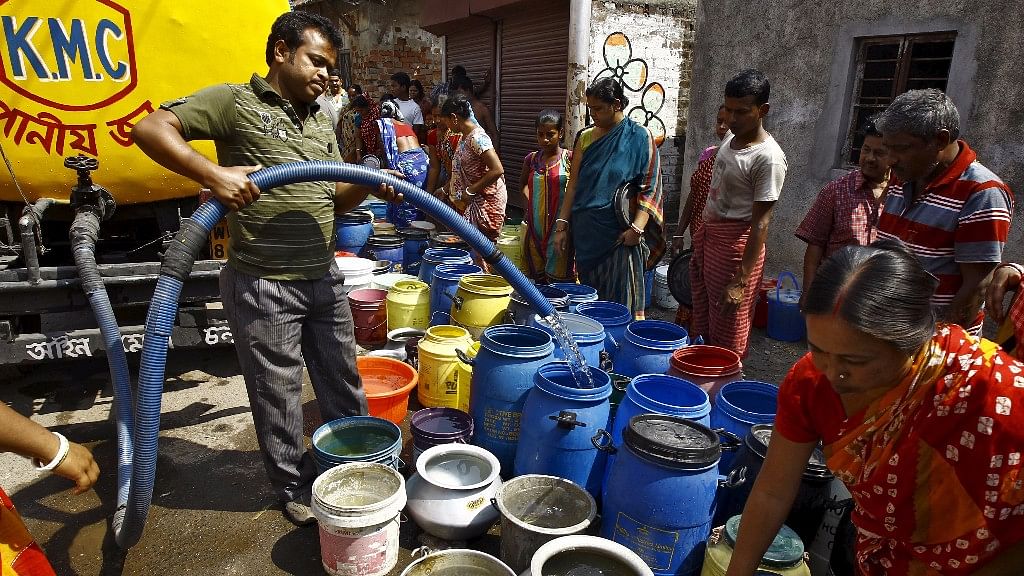
Source: The Quint
The current storage levels in major reservoirs, such as Krishnaraja Sagar (KRS) and Kabini, indicate a potential challenge in meeting the city’s water needs. While the water level in KRS is at 95.53 ft (against a maximum of 124.8 ft), Kabini stands at 2,272.5 ft (against a maximum of 2,284 ft). The cumulative storage in both reservoirs is approximately 32.89 thousand million cubic feet (tmcft). However, a comparison with the previous year reveals a stark difference, with 40.96 tmcft available in KRS alone. Adjusting for dead storage, the actual water available for consumption is reduced to around 25 tmcft.























































